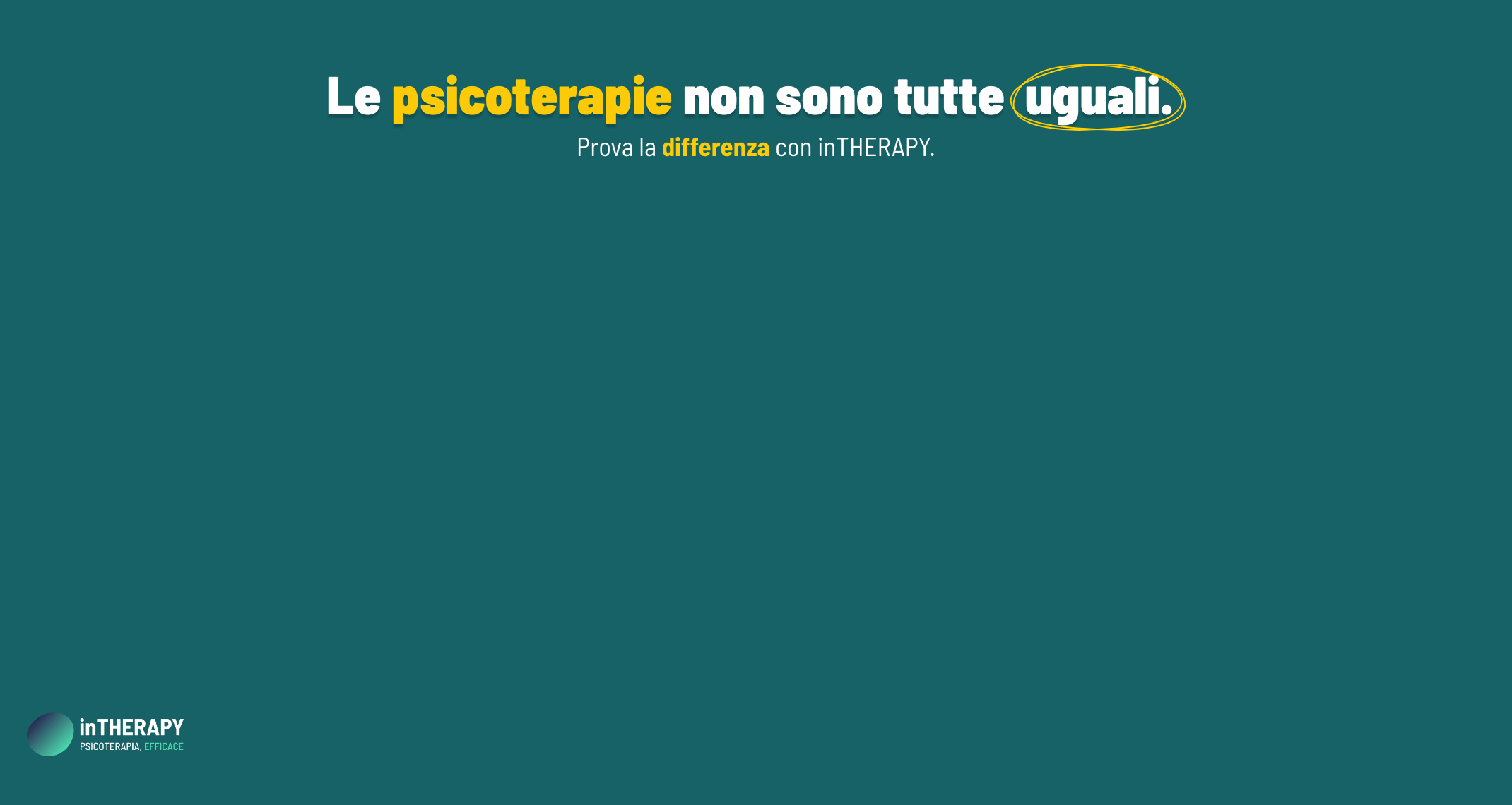Your first day of school will be scary!
Parents’ words and anxiety disorders – Part 1
 Anxiety disorders affect a range of individuals in marked and persistent ways. Unlike other clinical disorders (e.g. depression), anxiety disorders can begin to manifest themselves in early childhood, in some cases before a child is even ten years old. This is important as anxiety disorders not only have a profound and immediate impact on individuals’ quality of life, but for many, the disorder will run a chronic course. For instance, a study which examined 1,037 individuals’ mental health histories showed that 33% of those with a diagnosed anxiety disorder at age 32 also reported having an anxiety disorder in their early teenage years (Gregory et al. 2007).
Anxiety disorders affect a range of individuals in marked and persistent ways. Unlike other clinical disorders (e.g. depression), anxiety disorders can begin to manifest themselves in early childhood, in some cases before a child is even ten years old. This is important as anxiety disorders not only have a profound and immediate impact on individuals’ quality of life, but for many, the disorder will run a chronic course. For instance, a study which examined 1,037 individuals’ mental health histories showed that 33% of those with a diagnosed anxiety disorder at age 32 also reported having an anxiety disorder in their early teenage years (Gregory et al. 2007).
While these disorders are unique because of their early age of onset, they also appear to have a debilitating effect on individuals later in life. Those with anxiety disorders have increased rates of financial dependency, suicidal ideation, lifetime comorbidity with other major disorders (e.g. depression), greater requirements for medical treatment and lower marriage rates (Schneier et al 1992). Given the combination of a possible early onset and the long lasting detrimental effects of anxiety disorders, researchers have investigated possible factors that could influence its development.
Children spend a great deal of their early lives speaking, playing and socializing with their parents. This time spent together has been the focus of much research, as parents who have an anxiety disorder tend to have children who develop them as well (Rapee & Spence, 2005). Thus, their interactions have been examined for specific behaviors that may encourage the development of shy and anxious behavior. These parental behaviors include an overanxious rearing style and, more specifically, anxiety provoking conversations between parents and their children. Specifically, in the context of anxiety, mothers are less positive, less likely in granting their children’s freedom, and more intrusive, negative and rejecting than mothers of non-anxious children (Rapee, 1997; Chorpita & Barlow, 1998).
Therefore, it appears that anxiety affects the way that parents interact with their children. As mentioned, specific differences have been found in parents’ behavior; however, there has been extensive work which examines the effect of anxiety on parents’ thoughts. In the next few weeks I will further discuss aspects of parental behaviors associated with the development of anxiety. Additionally I will discuss thought styles anxious parents have and how they communicated these thoughts to their growing children.
Bibliography:
- Chorpita, B. F., & Barlow, D. H. (1998). The development of anxiety: The role of control in the early environment. Psychological Bulletin, 124, 1, 3 – 21.
- Gregory, A. M., Caspi, A., Moffitt, T. E., Koenen, K., Eley, T. C., & Poulton, R. (2007). Juvenile mental health histories of adults with anxiety disorders. American Journal of Psychiatry, 164, 301 – 308.
- Schneier, R. F., Johnson, J., Horning, D. C., Liebowitz, R. M., Weissman, M. M. (1992). Social Phobia. Archives of General Psychiatry, 49 (4), 282 – 288.
- Rapee, R. M. & Spence, S. H. (2004). The etiology of social phobia: Empirical evidence and an initial model. Clinical Psychology Review, 24, 737 – 767.
- Rapee, R., M. (1997). Potential role of childrearing practices in the development of anxiety and depression. Clinical Psychology Review, 17, 1, 47 – 67.



 E’ ormai ampiamente riconosciuto, in letteratura e nell’esperienza clinica, che uno stile di pensiero ripetitivo, pervasivo e orientato in senso negativo, sia non solo una reazione comune ad eventi stressanti, ma in alcuni casi una risposta addirittura automatica che tutti noi utilizziamo a fronte di situazioni percepite come minacciose, incerte, nuove o ambigue.
E’ ormai ampiamente riconosciuto, in letteratura e nell’esperienza clinica, che uno stile di pensiero ripetitivo, pervasivo e orientato in senso negativo, sia non solo una reazione comune ad eventi stressanti, ma in alcuni casi una risposta addirittura automatica che tutti noi utilizziamo a fronte di situazioni percepite come minacciose, incerte, nuove o ambigue.![Edimburgh - Licenza d'uso: Creative Commons - Attribution: By Yo (foto hecha por mí) [GFDL (www.gnu.org/copyleft/fdl.html) or CC-BY-SA-3.0-2.5-2.0-1.0 (www.creativecommons.org/licenses/by-sa/3.0)], via Wikimedia Commons Edimburgh - Licenza d'uso: Creative Commons - Attribution: By Yo (foto hecha por mí) [GFDL (www.gnu.org/copyleft/fdl.html) or CC-BY-SA-3.0-2.5-2.0-1.0 (www.creativecommons.org/licenses/by-sa/3.0)], via Wikimedia Commons](https://www.stateofmind.it/wp-content/uploads/2011/09/Edimburgh.jpeg) Inizia oggi il diciassettesimo congresso annuale della
Inizia oggi il diciassettesimo congresso annuale della  Condividi su Facebook: sentirsi spaventati, arrabbiati o divertiti porta le persone a condividere storie e informazioni
Condividi su Facebook: sentirsi spaventati, arrabbiati o divertiti porta le persone a condividere storie e informazioni Campagna o città? Questo è il problema: se sia meglio vivere in campagna, con animali e natura, oppure se vivere in città con un “mare” di palazzi e cemento.
Campagna o città? Questo è il problema: se sia meglio vivere in campagna, con animali e natura, oppure se vivere in città con un “mare” di palazzi e cemento. Nella prima parte di questo articolo ho
Nella prima parte di questo articolo ho  È interessante notare come la concezione dell’attività mentale come architettura di scopi e credenze sia comune sia alla teoria cognitiva che alla teoria economica.
È interessante notare come la concezione dell’attività mentale come architettura di scopi e credenze sia comune sia alla teoria cognitiva che alla teoria economica.

 Emozioni e cultura: vale la pena parlarne a fronte dello scenario multiculturale che caratterizza la nostra quotidianità nell’era contemporanea, come a più riprese sottolinea Luigi Anolli nel suo ultimo libro “La sfida della mente multiculturale”.
Emozioni e cultura: vale la pena parlarne a fronte dello scenario multiculturale che caratterizza la nostra quotidianità nell’era contemporanea, come a più riprese sottolinea Luigi Anolli nel suo ultimo libro “La sfida della mente multiculturale”.
 È in questo contesto che si inserisce la proposta di un modello che parta da un nuovo punto di vista nell’analizzare questo sentimento. È questo l’obiettivo che si propone il Temporal Model of Loveproposto dalla dr.ssa Berscheid. Questo modello non cerca di descrivere i diversi tipi d’amore dandone una visione statica, una fotografia, ma li prende in considerazione da una prospettiva dinamica, analizzando come essi evolvano nel tempo. Così, secondo questo modello, l’amore amicale è sì costituito da profondo sentimento d’affetto, fiducia e condivisione d’interessi, ma queste componenti possono mutare e trasformarsi nel tempo per diventare un amore romantico o compassionevole.
È in questo contesto che si inserisce la proposta di un modello che parta da un nuovo punto di vista nell’analizzare questo sentimento. È questo l’obiettivo che si propone il Temporal Model of Loveproposto dalla dr.ssa Berscheid. Questo modello non cerca di descrivere i diversi tipi d’amore dandone una visione statica, una fotografia, ma li prende in considerazione da una prospettiva dinamica, analizzando come essi evolvano nel tempo. Così, secondo questo modello, l’amore amicale è sì costituito da profondo sentimento d’affetto, fiducia e condivisione d’interessi, ma queste componenti possono mutare e trasformarsi nel tempo per diventare un amore romantico o compassionevole.
